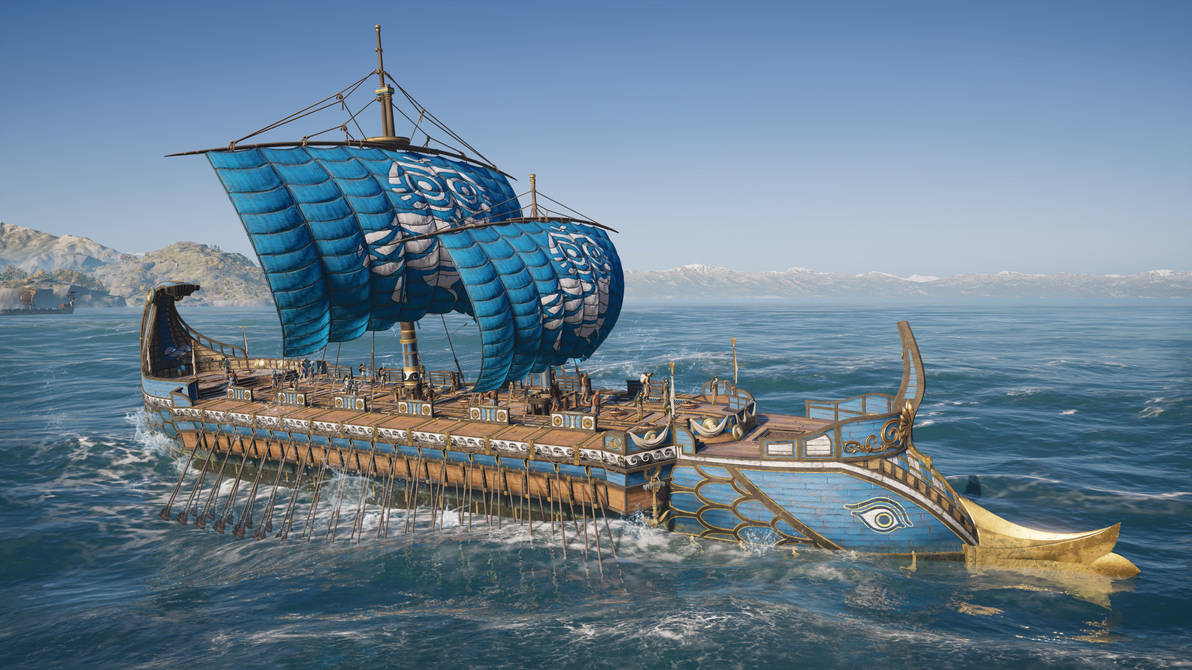 Homer’s epic poem The Odyssey is one of the most well-known works of literature, detailing Odysseus’s epic 10-year journey home after the Trojan War. But even die-hard fans of the classic may be surprised by some of the fascinating details hidden within its 24 books. In this post, we’ll dive deep into 10 mind-blowing facts about The Odyssey that shed new light on the ancient masterpiece. From the mystery identity of the lotus plant to the story’s surprising sequel, these tidbits will make you see Odysseus’s odyssey in a whole new way.
Homer’s epic poem The Odyssey is one of the most well-known works of literature, detailing Odysseus’s epic 10-year journey home after the Trojan War. But even die-hard fans of the classic may be surprised by some of the fascinating details hidden within its 24 books. In this post, we’ll dive deep into 10 mind-blowing facts about The Odyssey that shed new light on the ancient masterpiece. From the mystery identity of the lotus plant to the story’s surprising sequel, these tidbits will make you see Odysseus’s odyssey in a whole new way.
Debating the Lotus Eaters’ Plant
In Book 9 of The Odyssey, Odysseus and his crew land on the island of the Lotus Eaters. After consuming the mysterious lotus plant, the men lose all will to return to their homes and families. For centuries, scholars have speculated about the real-life identity of this intoxicating plant that proved so alluring.
One leading theory suggests the lotus was actually a type of persimmon that was fermented into a potent wine. The sweet fruit may have produced an especially heady brew that sapped the sailors’ motivation. Others contend the lotus was the blue Egyptian water lily, which contains aporphine that acts as a sedative and intoxicant. The plant was featured in Egyptian art and is known to induce a trance-like state and feelings of euphoria.
A third camp believes Homer was actually describing the opium poppy. The effects of the lotus resemble the narcotic haze of opiates – a sleepy contentment and detachment from worldly concerns. Poppies were grown throughout the Mediterranean and harvested for their mind-altering power. While we may never know for certain, imagining these possible plants adds a new dimension to the iconic scene.
Matching the 24 Books to 24 Greek Letters
The Odyssey is neatly divided into 24 books, each one originally corresponding to a different letter of the Greek alphabet. This was a shrewd compositional choice, allowing the audience to easily call out specific sections of the epic poem during oral performances.
In ancient Greece, bards would memorize and recite The Odyssey to crowds of listeners. This was long before the story was written down in its entirety. Having each book associated with a letter (alpha, beta, gamma, etc.) turned it into a kind of massive jukebox. If a listener wanted to hear about Odysseus’s encounter with the Cyclops, they could shout out “Book 9!” or simply “Iota!”
This structural device likely helped shape The Odyssey into the version we know today. The oral tradition valued symmetry, repetition, and a narrative that could be cleanly chunked into parts. The 24 book format created space for exploring compelling side characters and conflicts while still driving towards an inevitable homecoming. Modern fans can impress their friends by pointing out this hidden alphabetic framework.
Odysseus the Trickster
Odysseus represents a very different kind of hero than most ancient Greeks were used to. He wasn’t a hyper-masculine, muscle-bound warrior like Achilles or Hercules. His greatest asset wasn’t his fighting ability but his “mētis” or cunning intelligence. He’s one of the earliest examples of the trickster archetype that uses wits to overcome foes.
We see countless examples of Odysseus relying on tricks, schemes, disguises and wordplay to get out of jams. He defeats the Cyclops not through brute force but by getting him drunk, claiming his name is “Nobody,” then blinding him with a hot poker. When he arrives home to Ithaca in disguise, he proves his identity to his wife by knowing a secret about their marriage bed.
This wily, inventive hero was a subversive twist on masculine ideals in Homer’s day. He showed that raw strength wasn’t the only path to greatness and glory. Odysseus’s trickery is what allowed him to survive a decade of mythological threats and make it back to his family. His mind was his ultimate secret weapon, one modern readers continue to admire.
The Hero’s Delayed Entrance
For an epic poem named The Odyssey, its hero Odysseus is conspicuously absent for the first four books. He doesn’t appear on page until Book 5, which drops the reader in the middle of his journey rather than at the beginning. This narrative structure, called “in media res,” was a favorite of ancient poets.
So what are those first four books about if not Odysseus? They catch us up on what’s happening back in Ithaca. We meet Odysseus’s son Telemachus who’s now a young man. With his father missing, presumed dead, vicious suitors have overrun their home, pressuring his mother Penelope to remarry. This sets up the tense situation Odysseus will eventually return to.
Starting the story without Odysseus was a smart move. It builds anticipation and shows us the high stakes involved in his return. Will he make it back and restore order to his household? Without this context, his long, arduous voyage wouldn’t be nearly as impactful. The delayed introduction of our hero isn’t a bug, but a key feature of the poet’s plan.
The Symbolism of the Marriage Bed
One of the most memorable symbols in The Odyssey is the marriage bed of Odysseus and his wife Penelope. It’s no ordinary piece of furniture, but an intricately crafted bed built around a still-living olive tree. Odysseus carved it himself, shaping the trunk into a bedpost then constructing the frame around it.
This unique bed symbolizes the couple’s deep, enduring bond. Like their love, the olive tree is both sturdy and steadfast, able to withstand years of turmoil. Odysseus built the bed to be immovable, just as their commitment to each other never wavers despite twenty years apart. When the disguised Odysseus correctly identifies this secret design feature, Penelope knows it’s truly him.
The living marriage bed provides a perfect foil for Odysseus’s perilous, ever-changing adventures at sea. While he battles various threats on his journey, their union remains rooted in a single place, patiently waiting for his return. The bed reminds us of the human values Odysseus is fighting to get back to, not just the monsters he’s running from.
Did Another Author Write Book 24?
Most scholars agree The Odyssey was composed by a single author, but some have questioned the legitimacy of the final chapter. Book 24 features a stark tonal and thematic shift that contrasts with the nuance found in the previous 23 books. All of a sudden, the world becomes black and white, characters act out of sync, and plot points are hastily resolved.
When Odysseus slaughters the suitors in his home, Book 24 celebrates their deaths as wholly righteous and justified. This clashes with the story’s usual moral grayness. Similarly, the muted reunion of Odysseus and Penelope seems rushed compared to the careful pacing in prior chapters. Book 24’s choppy, unsatisfying climax has led some to believe it was tacked on later by a less skilled poet.
However, removing Book 24 from The Odyssey would throw off the 24 part structure mirroring the Greek alphabet. It also provides much-needed closure to the suitors’ families who finally accept their loved ones’ fates. While it may be less elegant than the rest of the poem, Book 24 manages to tie together many of the epic’s loose ends. The question of its authorship is likely to remain unresolved.
The Odyssey’s Lost Sequel
Based on fragments and references from other ancient texts, we know The Odyssey had its own sequel focused on Odysseus’s secret son Telegonus. The epic poem was called the Telegony and picked up where The Odyssey left off, with Odysseus returning home and slaying his wife’s suitors.
In the Telegony, Odysseus has an affair with the sorceress Circe, resulting in a son named Telegonus. After accidentally killing his father with a poisoned spear, Telegonus makes amends by marrying Odysseus’s widow Penelope. He also wed his half-brother Telemachus to Circe. This symmetry of sons marrying mothers neatly resolves the story’s romantic entanglements.
Sadly, only a handful of lines have survived from this lost epic. They reveal fascinating details like Odysseus’s command to spread his ashes on the sea, hinting at future voyages. While the Telegony never achieved the same popularity as The Odyssey, its existence reminds us these characters lived on in the Greek imagination. Modern audiences can only dream of what other adventures the crafty hero might have tackled next.
Explaining the Lotus Eaters’ Appeal
On the surface, the episode with the Lotus Eaters is a strange mythological tangent. Odysseus’s starving men eat the native lotus plant and suddenly lose all desire to go home to their families. Odysseus has to drag them kicking and screaming back to their ship before they waste away in contented oblivion. What is Homer trying to tell us with this scene?
Many read the chapter as a warning about the dangers of abandoning one’s responsibilities for easy pleasures. Just as the narcotic lotus erases ambition and homesickness, we all face temptations to give up on our dreams and duties. Odysseus, as the clear-thinking leader, must force his crew to embrace the more difficult but meaningful path.
The Lotus Eaters represent pure, thoughtless happiness untethered from a greater purpose. In contrast, Odysseus’s happiness hinges on returning to his wife, son, and kingdom. That’s a harder task but a more worthy one in the poet’s eyes. By escaping the lotus’s allure, the hero reaffirms his commitment to a truly satisfying life.
A Crossover with The Iliad
Despite its many original characters and conflicts, The Odyssey still contains callbacks to Homer’s other classic epic The Iliad. In Book 24, we’re treated to a surprise underworld meeting between the shades of two great Iliad warriors – Achilles and Agamemnon.
Unaware they’ve both been killed, the men pick up an old argument about who was the better fighter at Troy. It’s a somewhat tragic scene, showing how even in death these soldiers can’t let go of their battlefield glory. This Iliadic crossover reminds us the two poems exist in a shared mythological universe.
In many ways, The Odyssey is a necessary sequel to The Iliad. That first epic ends with Odysseus devising the clever trick of the Trojan horse to finally end the war. The Odyssey then explores the consequences of that victory. With the fighting over, Odysseus must return to a domestic world he no longer recognizes. Book 24’s ghostly cameo suggests the specters of war are never far behind him.
The Enduring Influence on Modern Storytelling
The Odyssey continues to inspire modern artists working in every medium. Its basic narrative of a long, strange journey home has been retold countless times in different genres and settings. These adaptations prove the epic’s themes are just as relevant to contemporary audiences.
James Joyce’s 1922 masterpiece Ulysses closely follows The Odyssey’s structure, recasting Odysseus as a modern Irishman named Leopold Bloom wandering through Dublin. The Coen Brothers’ 2000 film O Brother, Where Art Thou? reimagines the epic as a Great Depression-era comedy about three escaped convicts trying to get back home. Even the original Battlestar Galactica series has been compared to The Odyssey, with its space fleet searching for the lost colony of Earth.
Odysseus’s iconic journey speaks to timeless human concerns about identity, belonging, and perseverance. His story is a roadmap for anyone who’s ever felt lost and struggled to find their way in the world. That’s why The Odyssey is still widely taught in schools and universities alongside newer classics. It’s an ancient epic with an enduring soul.

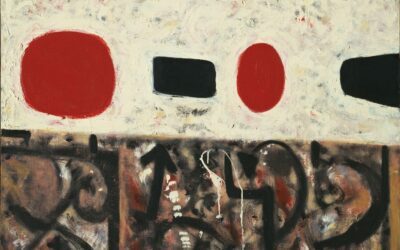

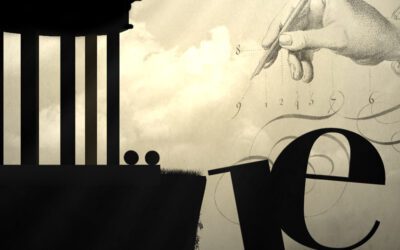
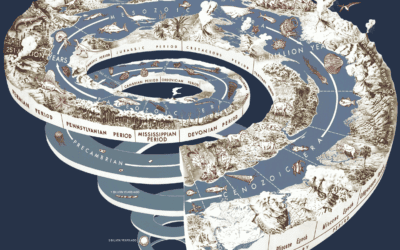
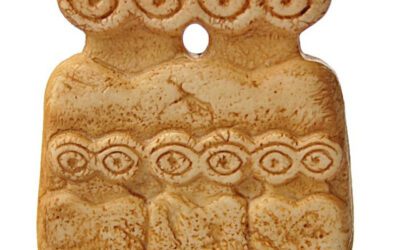


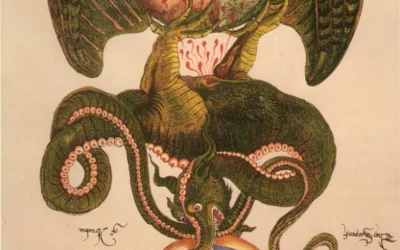
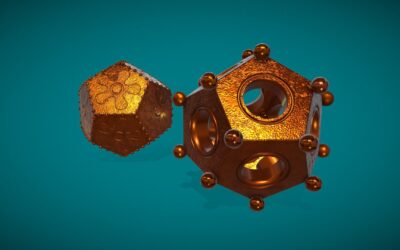
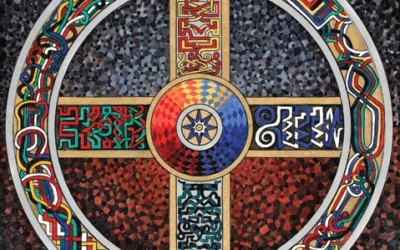
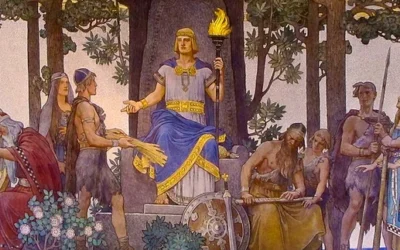
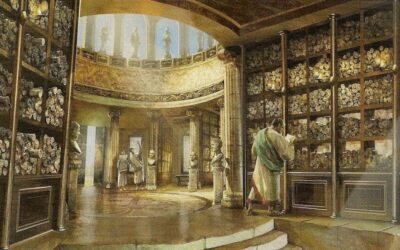

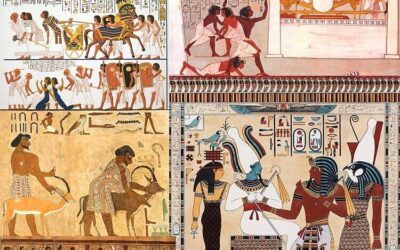
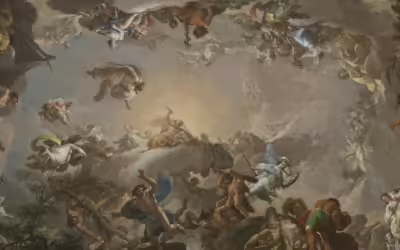
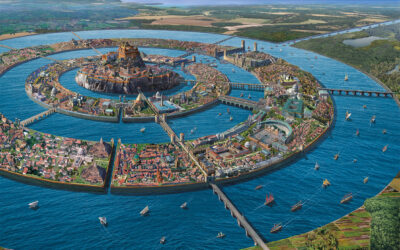
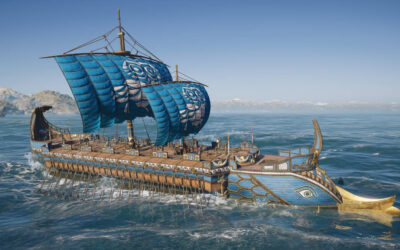
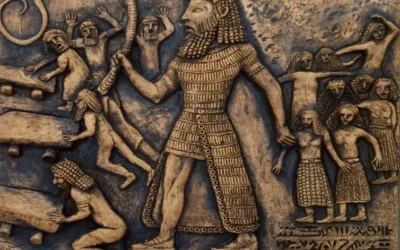
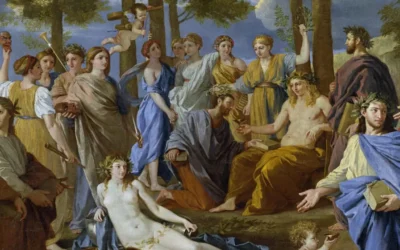
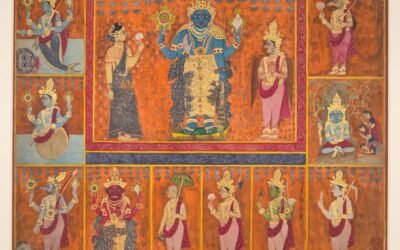
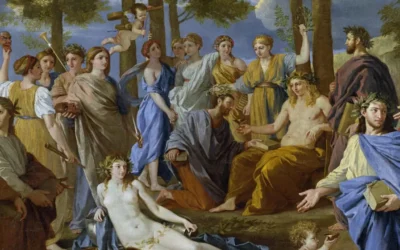
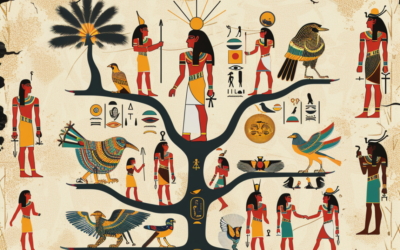
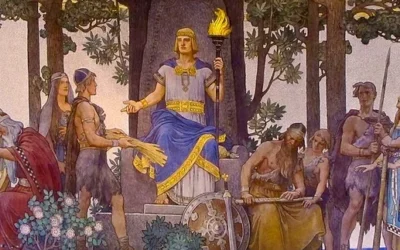
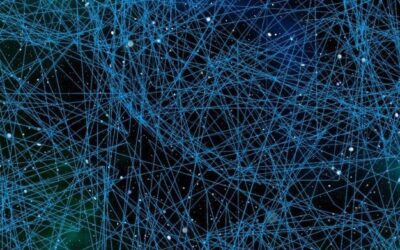
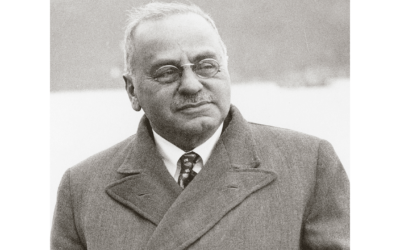
0 Comments